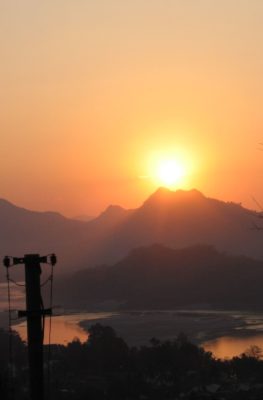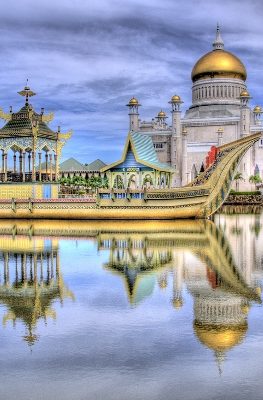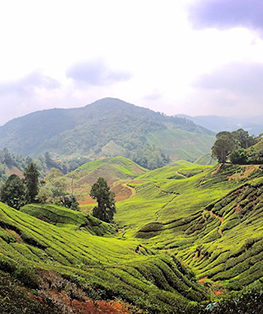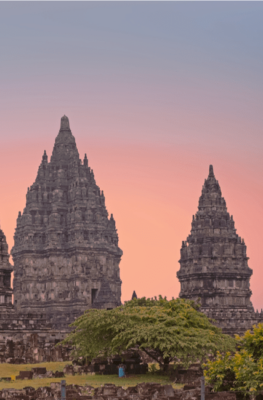Published on February 24, 2015

This year, Nyepi, Bali’s New Year Day, which is a day of complete silence and meditation, falls on Saturday, 21st March 2015.
So, visitors planning to spend their holidays in Bali around this date please note:
On 21 March the entire island of Bali will be in lockdown mode. So as to allow residents to follow the prescribed rituals for Nyepi, all vehicles and pedestriantraffic across Bali will be barred from the streets, except for emergencies. The airport will be closed and no planes will land or take off for 24 hours. All shops are closed. No one will be allowed on the beach or on the streets. There will be local watchmen known as pecalang to ascertain that this rule is obeyed. At night, all lights will have to be turned off. Hotels will close all curtains that no ray of light shines outside. All sound and music indoors should be held to its lowest volume.
Every culture and religion in the world has its own way of defining and celebrating the coming of the new year. While the Chinese have the Imlek celebration, the Muslims celebrate the first of Muharram, and the world in general celebrates the first of January, the Hindus of Bali welcome the New Year based on the traditional Saka Calendar called : Nyepi.
The series of rituals in conjunction with Nyepi, meanwhile, will take place from 18th to 22nd March 201d commencing on 18th March with the Melasti (also called Melis or Mekiis) ceremony. The ritual is performed at the Pura (Balinese temple) near the sea (Pura Segara) which is meant to purify effigies, Pratima, andPralingga (sacred objects) belonging to the temples, and acquire sacred water from the sea.
On Java, meanwhile, a similar ceremony is performed at the Balekambang Beach on the southern coast of Malang, East Java, in the ritual known as Jalani Dhipuja, and at the beautiful Prambanan Temple in the province of Yogyakarta.
One day before Nyepi, on 20nd March 2015. the ritual of Tawur Kesanga and Caru will take place, which are sacrificial rituals. Offerings are made at villages, districts, regencies and provinces in the form of chicken, ducks, pigs, goats, even cows or bulls. Plants and crops may also be used as offering. Aside from reminding the Balinese on the importance of their livestock and crops, the ritual is also meant to appease Batara Kala through the Pecaruan offering.
At sunset at around 5 or 6 pm the ritual of Pengrupukan will take place. This is when the Balinese parade alond the streets of their village by holding fire torches and vigorously play the kulkul (traditional bamboo bells). The parade will also be followed by a procession of Ogoh-ogoh, which are distinct Balinese giant paper puppets. The Ogoh-ogoh effigies depict the character of Bhuta or the evil spirit. After the procession, the Ogoh-ogoh will all be torched in a joyous conflagration in the main ritual known as Ngrupuk. The torching of the ogoh-ogoh symbolizes the cleansing of all evil influences in life.
As the pinnacle of the entire series of rituals, Nyepi or the Day of complete silence will take place on 21st March 2015. For, contrary to other cultures that celebrate New Year with vivacious festivities, the peak of the Balinese New Year is a day of complete Silence. Hence the name Nyepi, meaning “to keep silent” in the local language, which falls on the day following the dark moon of the spring equinox.
Nyepi is a day that should be fully dedicated to connect oneself more closely with God (Hyang Widi Wasa) through prayers. At the same time it should be a day of self introspection to decide on values involving humanity, love, patience, kindness, and other virtues, that should be preserved throughout life.
As a day that is reserved for meditation and self-reflection, anything that may interfere with that specific purpose is, therefore, strictly prohibited. For Nyepi mandates a day of absolute quiet, based on the four precepts of Catur Brata, namely:
- Amati Geni: Prohibiting the lighting of fires, the use of lighting or satisfying pleasurable human appetites.
- Amati Karya: Prohibiting all forms of physical work other than those dedicated to spiritual cleansing and renewal.
- Amati Lelungan: Prohibiting movement or travel; requiring people to stay within their homes.
- Amati Lelangunan: Prohibiting all forms of entertainment, recreations or general merrymaking.
The day after Nyepi, which this year falls on 22nd March 2015, is called Ngembak Geni. This is when Balinese Hindus visit families, neighbours and relatives to exchange forgiveness – somewhat similar to the Muslim’s Ied Al Fitri custom in Indonesia. They will also conduct the Dharma Canthi by reciting Sloka, Kekidung, and other religious scriptures.
Although the series of rituals takes place virtually over the entire island, the best time to watch the festivities is on the eve of Nyepi when people parade the ogoh-ogoh along the streets. The large effigies will then be burnt on the beach.
The best place to watch the parade of ogoh-ogoh is therefore along Kuta Beach, Seminyak, Nusa Dua, and Sanur . Each village will most likely make at least one Ogoh-ogoh, which are quite spectacular. In the main towns of Sanur, Kuta, Denpasar, Ubud and others, contests are held vying for the best Ogoh-Ogoh.






